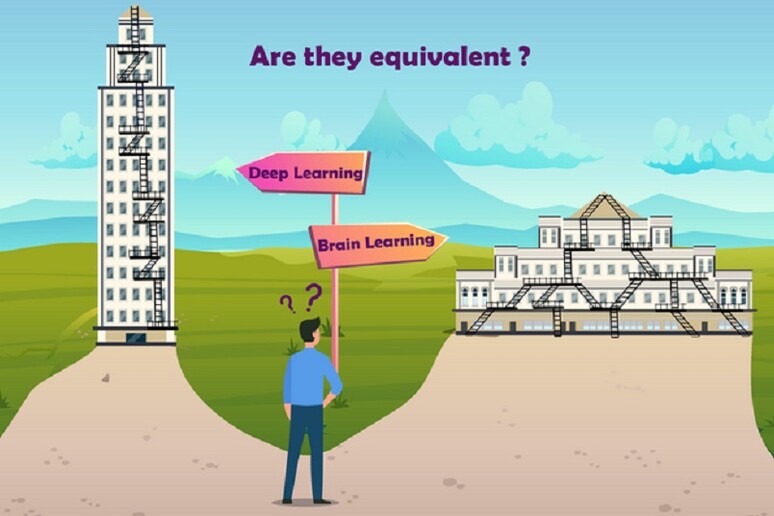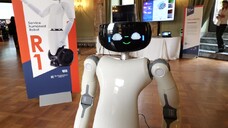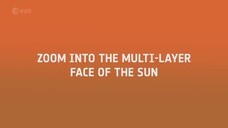Research led by Ido Kanter of Bar-Ilan University in Israel has suggested that it may be possible to move away from the current approach used in the development of Artificial Intelligence based on deep learning, involving many layers of processing, towards shallow learning, a technique more similar to the simpler learning strategises of the human brain. The findings are published in Scientific Reports.
“The idea of the Israeli researchers, which is actually not new, is that Artificial Intelligence could learn in a simpler way, without the many levels of complexity that structure it at present," Simone Scardapane of Sapienza University in Rome told ANSA. By definition, artificial intelligence is the attempt to replicate some capabilities of the human brain, and clearly it's architecture draws inspiration from the organ in many ways. However, so far the most successful AI systems have been structured very differently from the neural networks that exist in nature. "One of the most obvious differences is the number of 'layers': the deep learning networks are deep, meaning that they are composed of hundreds or thousands of processing layers, while in the brain there are instead very few," explained Scardapane.
The two architectures both have advantages and disadvantages.
"Since the dawn of (artificial) intelligence the two solutions have been explored, but until now it has not been possible to compare the results of deep learning with the other approach,” said Scardapane.
The Israeli researchers decided to take the old alternative of shallow networks, add some new features and field test it using modern computers, with encouraging results.
However, in order for this technique to be investigated in its full potential computers designed specifically for this new field would have to be developed.
Riproduzione riservata © Copyright ANSA













